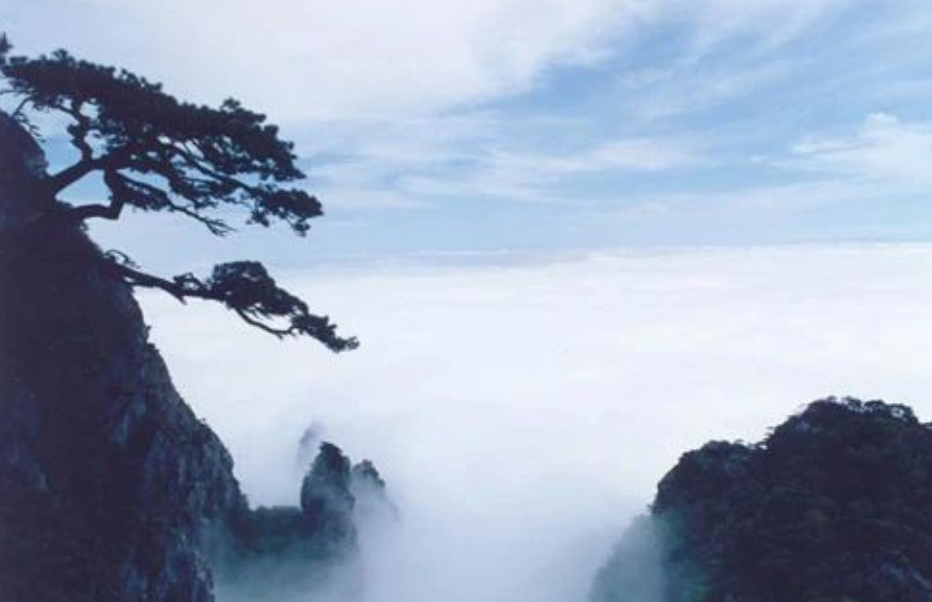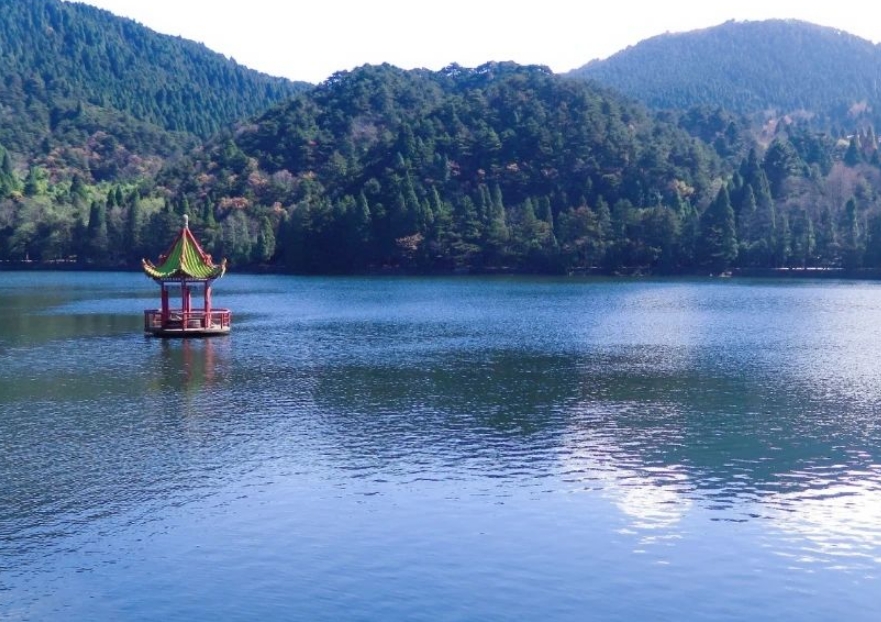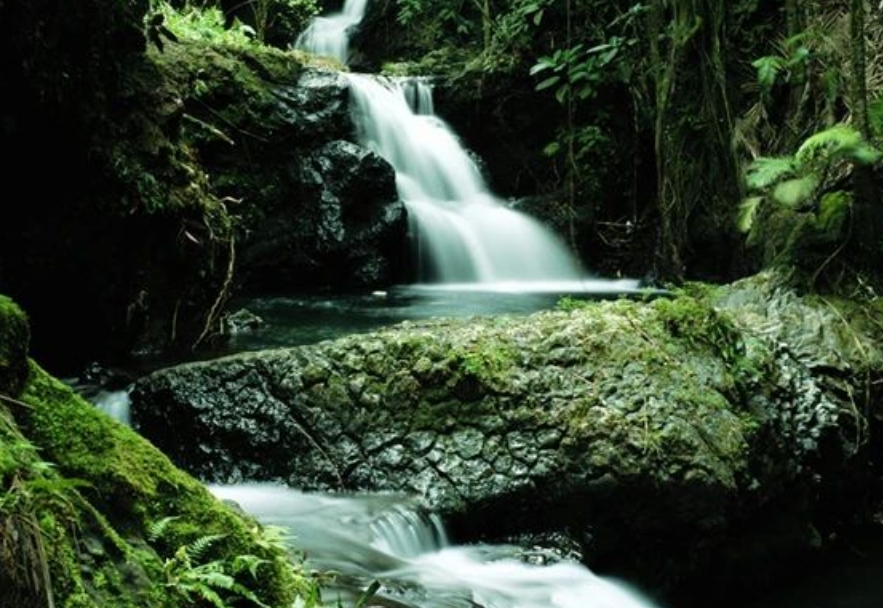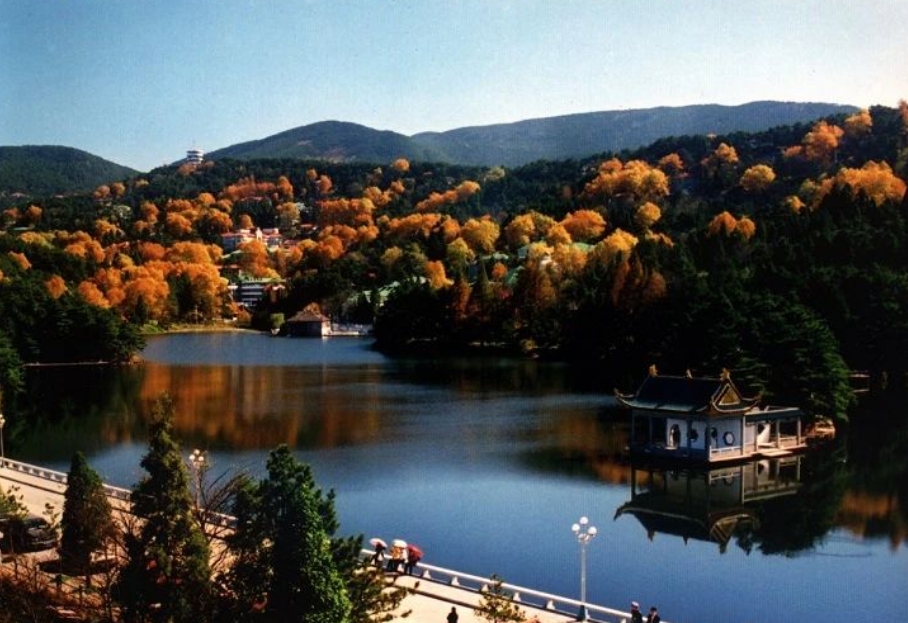Reason for Recommendation
Mount Lu is located in northern Jiangxi Province, at the intersection of the Beijing-Kowloon Railway and the Yangtze River. It borders the Yangtze River to the north and Poyang Lake to the east. Renowned for its “majestic, unique, dangerous, and beautiful” scenery, Mount Lu has been famous throughout history. In 1996, it was listed as a UNESCO World Heritage Site as a “World Cultural Landscape.” UNESCO experts have praised Mount Lu, stating that it is one of the birthplaces of Chinese civilization, and its historical sites blend seamlessly with its outstanding natural beauty, creating a cultural landscape of great aesthetic value, closely tied to the spirit and cultural life of the Chinese people.
With its “elegant and lofty” scenery, Mount Lu has long been beloved by poets, artists, and scholars. It has also been a retreat for hermits, monks, and Daoists, as well as a stage for the activities of politicians and celebrities, endowing the mountain with rich cultural significance and a deep cultural heritage.
Scenic Area Overview
The landscape of Mount Lu is a combination of natural beauty and cultural heritage. Through the eyes of poets, painters, writers, and philosophers, Mount Lu’s history has been shaped into a treasure trove of cultural relics filled with a profound humanistic atmosphere. As one scholar from Singapore once remarked, “If the historical landscapes of Mount Tai were created by emperors, then those of Mount Lu were created by scholars.”
Mount Lu is a culturally significant mountain with a long history and numerous famous sites. For centuries, countless poets, artists, and scholars have left behind an abundance of celebrated writings and artistic works. As the ancient saying goes, “The unique beauty of Mount Lu is unrivaled.” Ever since Sima Qian recorded Mount Lu in his Records of the Grand Historian, poets from every era, including Tao Yuanming, Xie Lingyun, Li Bai, Bai Juyi, Su Shi, Wang Anshi, Lu You, Xu Zhimo, and Guo Moruo, have visited the mountain, leaving behind a rich legacy of renowned poetry and prose. A number of cultural figures have created significant literary and artistic works at Mount Lu, making it the birthplace of Chinese pastoral poetry, landscape poetry, and landscape painting.
The emotional expressions of writers and artists have given Mount Lu a profound cultural significance, while scientists have explored its geological wonders, revealing the true essence of its beauty. Modern geologist Li Siguang focused his research on Mount Lu’s Quaternary geological formations and published a series of works, including The Ice Age of Mount Lu. His research led to the establishment of the Quaternary glacial theory, sparking academic debates both domestically and internationally and creating a “symphony” of Chinese Quaternary geology.
Famous Scenic Spots
Black Dragon Pool
Located near Yellow Dragon Pool, Black Dragon Pool lies in a wide canyon. Historically, it was composed of three different-sized pools, with ancient texts describing them as: “The Black Dragon Pool consists of three pools; the middle and upper pools are tens or hundreds of feet high, while the lower pool is relatively flat.” Today, only one pool remains. Water cascades in five streams through gaps between large rocks, falling short but powerfully, like a silver harp strumming its strings day and night.
The five streams of Black Dragon Pool flow gracefully through the cracks in the rocks and plunge into the pool. The serene and tranquil environment, surrounded by a broad canyon, dense trees, and massive boulders, with five streams of white water and crystal-clear pools, evokes the imagery of a Russian oil painting, allowing visitors to feel the harmony and warmth of nature.
Ruqin Lake
Ruqin Lake, named after its shape resembling a violin, was once described by an American journalist as “the world’s largest and most beautiful violin embedded in the embrace of Mount Lu.” The lake’s name carries another meaning: the clear waters flowing from the mountains and forests make a melodious sound, like the notes of a violin. On the nearby stones, the words “Ruqin Ke Ting” (“Listen to the Violin”) are inscribed in large characters. Ruqin Lake is a stunning sight, with the surrounding mountains appearing more majestic because of the lake, and the lake seeming more gentle and beautiful because of the mountains. The two are as inseparable as yin and yang.
Ruqin Lake is embraced by lush green ridges, with graceful beauty. The lake reflects the peaks, creating a harmonious scene. In the center of the lake is a small island with a pavilion connected by a winding bridge. When the mist rises, the scene becomes even more enchanting. It forms an important part of the Baishima Flower Path Scenic Area.
Dragon Head Cliff
From Tianchi Temple, after descending a few hundred meters, you will arrive at Dragon Head Cliff, one of Mount Lu’s most iconic landmarks. Following the stone steps down for a few hundred meters, you will see a cliff rising thousands of feet, suspended above a deep ravine, resembling a dragon’s head soaring into the sky. If you view the cliff from a small pavilion to the left, you can see the dragon’s head cliff standing tall, with a large rock protruding from the cliff like a dragon’s head. The pine trees rooted in the rock crevices below resemble dragon whiskers, gently swaying in the breeze. The cliff is thousands of feet high, and the gorge below is so deep that the bottom is unseen. A large rock juts out over the abyss, resembling a dragon poised to take flight, hence the name “Dragon Head Cliff.”
Dragon Head Cliff is an ideal spot to observe clouds and mist. When the fog rolls in, the mist rises from the deep gorge, enveloping Dragon Head Cliff in a sea of clouds. Standing on the cliff feels like floating through the clouds or riding a dragon through the ocean. When the fog clears, the sky is bright, and the verdant landscape below, with rivers, fields, and villages, becomes visible. From the cliff, you can see many scenic spots such as Lion Rock, Fangyin Rock, Wenshu Rock, Qingliang Rock, and the endless wonders of nature.
Scenic Details
Scenic Name: Lushan Scenic Area, Lushan City, Jiujiang, Jiangxi Province
Location: 36 km south of Jiujiang, by Poyang Lake (near Xingzi, Jiujiang)
Scenic Level: 5A
Opening Hours: Open all day (please refer to official announcements for specific hours)
Ticket Price: ¥160 per person (please refer to the latest official announcements for updated ticket prices).